|
Capturing the beauty of the natural world through the lens of a camera is a passion that drives many photographers to explore the wild. In the realm of wildlife photography, one often faces the choice between solitude and social interaction. Should wildlife photography be a solitary event, with only you and the wilderness, or a social event with a group of fellow photographers? Let's delve into the pros and cons of each approach to help you find your own balance.
The Solitary Experience: There's something profoundly serene about venturing into the wild alone, armed with just your camera and an unquenchable thirst for discovery. Here's why some photographers swear by the solitary experience: 1. Uninterrupted Connection with Nature: Solitary photographers argue that going it alone allows them to forge a deeper and more intimate connection with the natural world. The absence of human conversation and distraction permits you to become one with your surroundings. You'll find yourself attuned to the subtlest of sounds, the gentlest of movements, and the changing moods of the environment. 2. Minimal Disturbance to Wildlife: Wild animals are often skittish around humans, and a solitary photographer is less likely to disturb their natural behavior. The quiet and solitary presence is less intimidating, enabling you to capture more authentic moments in the lives of your subjects. 3. Creative Freedom: Being alone means you have complete creative control. You can choose your shooting schedule, locations, and experiment with different techniques without external influences. This autonomy can lead to unique and personal wildlife photography. The Social Gathering: On the flip side, many photographers thrive in a social wildlife photography setting, where they can share knowledge, collaborate, and experience the joys and challenges of nature with like-minded individuals: 1. Shared Knowledge: One of the greatest benefits of a group setting is the opportunity to exchange knowledge and experiences. Photographers can share tips, techniques, and information about wildlife behavior. Learning from others can significantly enhance your own skills. 2. Safety in Numbers: Venturing into remote or potentially hazardous environments can be risky. In a group, there's safety in numbers. If something goes wrong, there are others to assist and ensure everyone's well-being. 3. Collaborative Potential: Collaboration among photographers can lead to incredible results. Different perspectives, angles, and creative ideas can result in unique and breathtaking shots that might not be achievable alone. Finding Your Balance: So, which approach is right for you? The answer depends on your personal preferences, your goals as a wildlife photographer, and the specific circumstances of each photography outing. Some photographers find that a mix of both approaches works best. They relish the solitude when seeking a personal connection with nature and embrace social gatherings to learn, collaborate, and share in the joy of capturing nature's wonders. Ultimately, regardless of whether you choose a solitary or social approach to wildlife photography, it's crucial to prioritize the well-being of the wildlife you're photographing. Always follow ethical guidelines to minimize disturbance and protect the subjects of your art. In the end, the most important thing is to find the balance that allows you to connect with nature, create stunning photographs, and share your passion with others who share your love for the wild. In the realm of creative pursuits, it's not uncommon for artists, photographers, and enthusiasts to experience ebbs and flows in their passion for their craft. Life's demands, changes in priorities, and personal challenges can sometimes cause even the most ardent creatives to temporarily lose sight of their artistic passions. If you feel you've lost your passion, fear not! Here's some tips of things I do, and you can do too, to reignite the passion for your craft: 1. Reflect on Your Journey: Take some time to look back on your artistic journey. Reminisce about the moments when you felt the most alive and connected to your art. What aspects of your photo art used to excite you? By revisiting your past experiences, you can identify the triggers that ignited your passion in the first place. 2. Reconnect with Your Why: Ask yourself why you started doing photo art. What emotions and motivations drove you initially? Realigning with your original purpose can help you rediscover the deep-rooted passion that might have faded over time. 3. Experiment with New Techniques: Trying new techniques with different textures and backgrounds than you've traditionally used before can bring a sense of novelty to your creative process. Learning and implementing new methods can reignite curiosity and enthusiasm, propelling you out of your creative comfort zone. 4. Step Outside Your Comfort Zone: Challenge yourself to explore subjects and themes you haven't tried before. Pushing boundaries can lead to exciting discoveries and renewed passion for your art. 5. Set Personal Challenges: Establish small, achievable goals or challenges for yourself. These could be related to completing a certain number of artworks within a specific time frame or experimenting with a particular style. Accomplishing these challenges can boost your motivation. 6. Dive into Inspiration: Surround yourself with inspiration. Browse art books, visit galleries, or explore online platforms where other artists share their work. Exposure to different forms of art can trigger new ideas and revive your creative energy. 7. Create an Inspiring Workspace: Your physical environment plays a role in your creativity. Organize and personalize your workspace to make it conducive to artistic exploration. A well-curated environment can help stimulate your imagination. 8. Embrace Playfulness: Approach your art with a playful mindset. Experiment without worrying about the outcome. Embracing the joy of exploration can help you reconnect with the childlike wonder of creating. 9. Practice Regularly: Set aside consistent time for creative practice, even if it's just for a short period each day. Regular engagement can prevent creative stagnation and gradually reignite your passion. 10. Document Your Progress: Keep a visual record of your creative journey. Documenting your progress over time can serve as a visual reminder of how far you've come, boosting your motivation to continue. 11. Embrace Failure and Learn: Don't be afraid to make mistakes or produce work that falls short of your expectations. Each misstep is an opportunity to learn and grow as an artist, and this learning process can reignite your passion. 12. Take Breaks and Rest: Artistic burnout can be a passion killer. Give yourself permission to take breaks when needed. Stepping away from your art for a short while can refresh your perspective and reignite your drive. 13. Connect with Fellow Artists: Engage with other artists through workshops, forums, or social media groups. Sharing experiences, challenges, and victories with a community of like-minded individuals can inspire and motivate you. 14. Find Personal Meaning: Connect your art to personal experiences, emotions, or stories. Infusing your work with deeper meaning can rekindle the emotional connection you have with your art. Regaining passion for your art is a deeply personal journey that requires introspection, experimentation, and patience. By taking proactive steps, exploring new avenues, and nurturing your creativity, you can overcome periods of stagnation and rediscover the joy and fulfillment that comes from creating photo art. Remember, passion is a flame that can be rekindled with the right care and attention. *The art above was created with the new Abstract Adventures bundle, which is a great set to work with your favorite subjects and renew your passion with your photo art!
Hi everyone! I've released a HUGE bundle this month, the new Abstract Adventures bundle. Below is a video showing you how I made one of my art pieces with this new set. I hope you enjoy it! :) |
Be sure to join the Daily Texture Mailing list to keep up to date on new collections!
You may find these two links useful: • Frequently Asked Questions • Helpful Links and Information In most of my videos, I use older software which I've used for years. Unfortunately, the software I use isn't being sold anymore.
Many of you have asked me to teach in Photoshop -- but I am just learning myself in that software. In my learning, I have discovered the best Photoshop training on the planet, and I have secured a special offer on this same training JUST FOR YOU! Click the button below to learn from my same trainer, and to save a HUGE amount on this lifetime access course: Please note: Some collections shown in older blog posts have been retired and are no longer available. The blog posts have been left for you to view for learning purposes and examples of what can be done using the Daily Texture resources. As always, for the most current available collections, please visit the store here.
Archives
April 2024
|
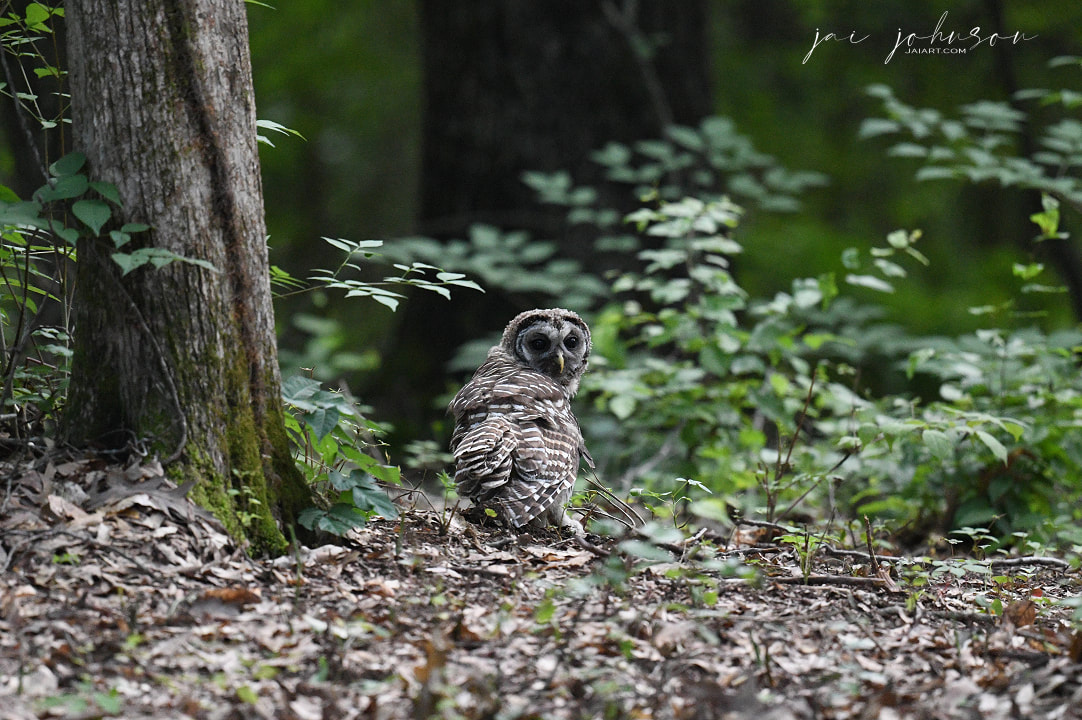
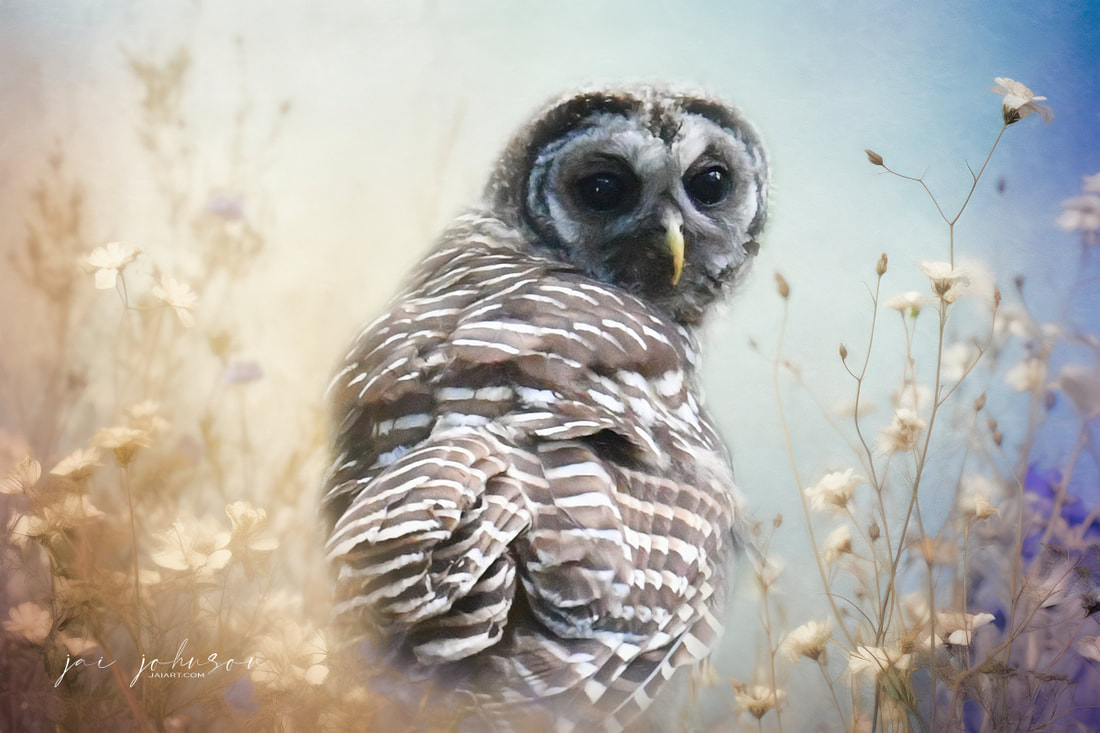
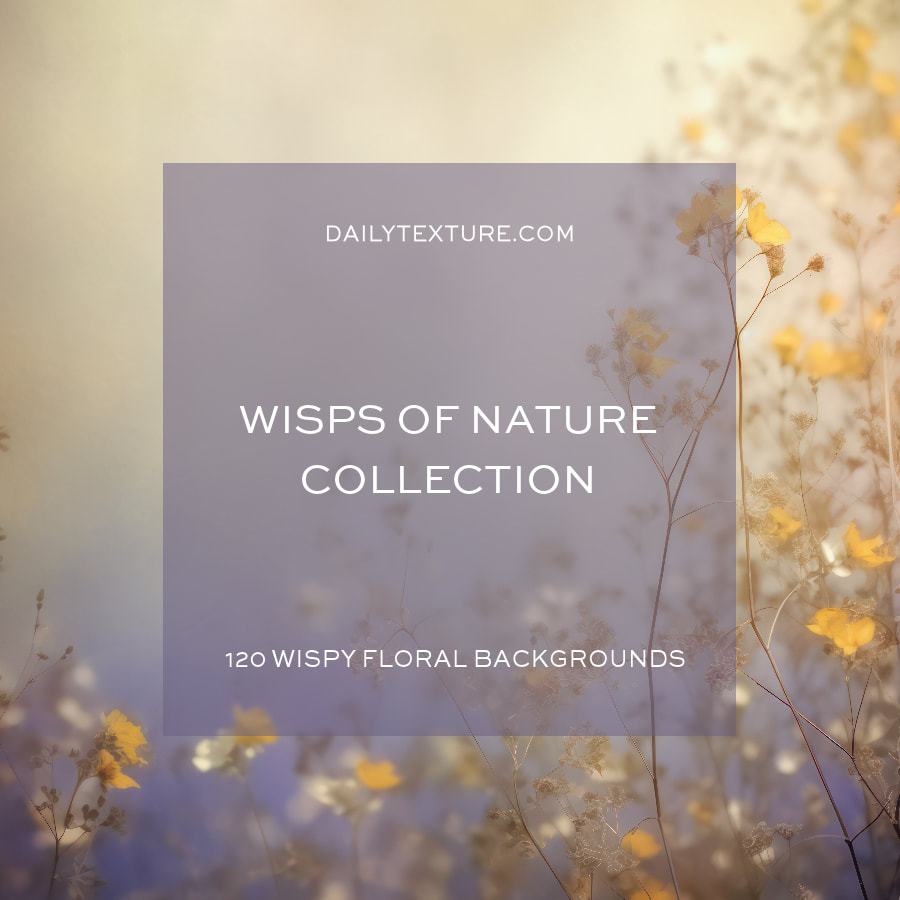
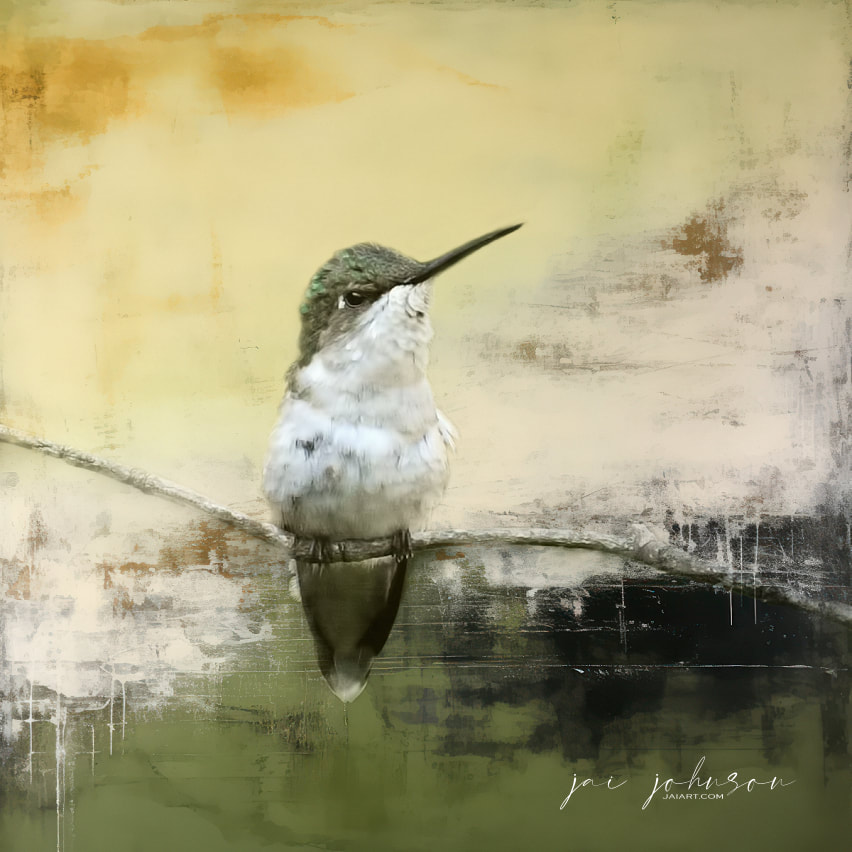
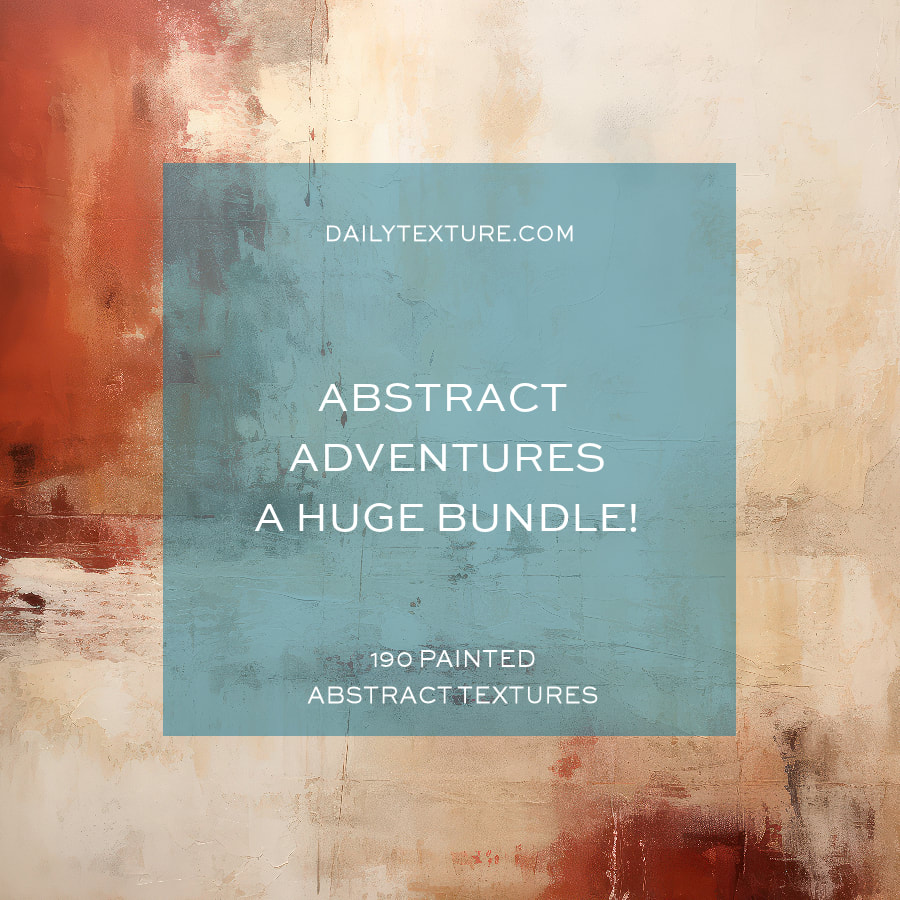
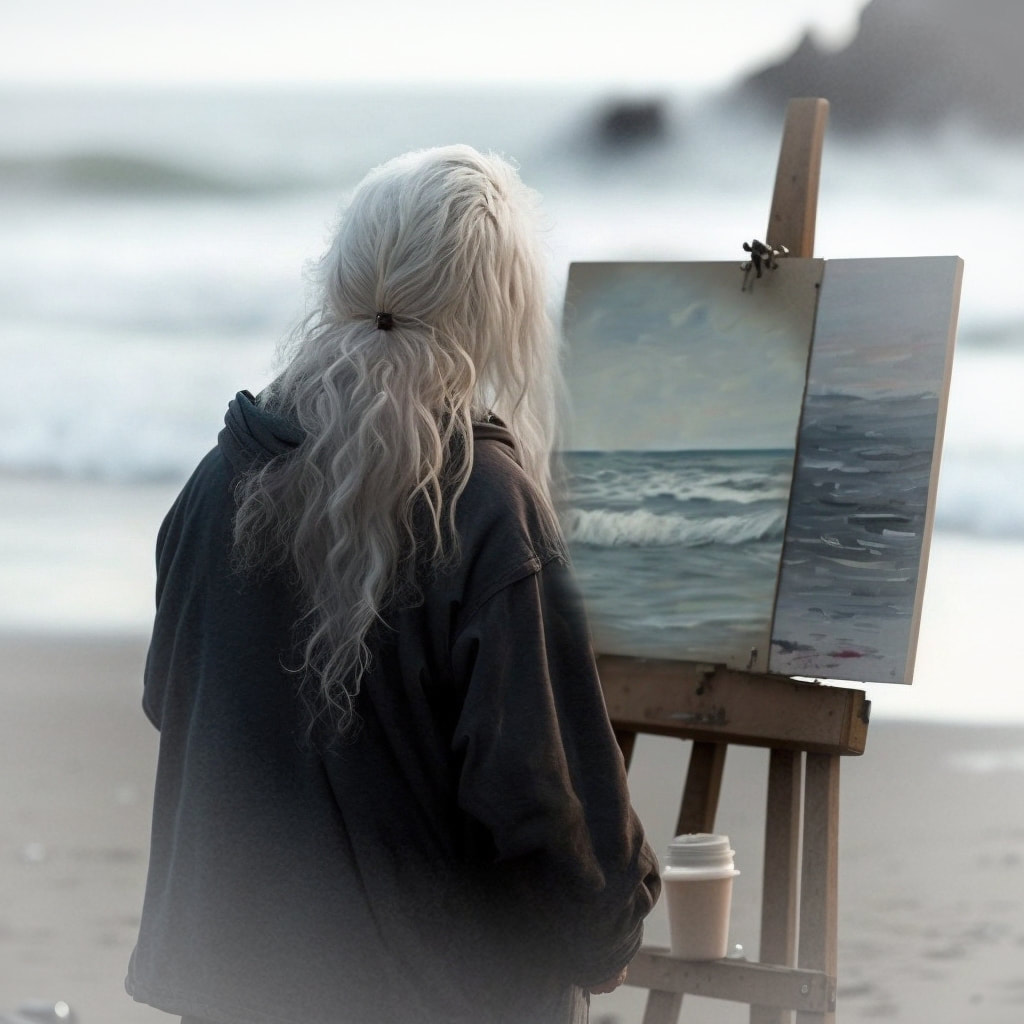
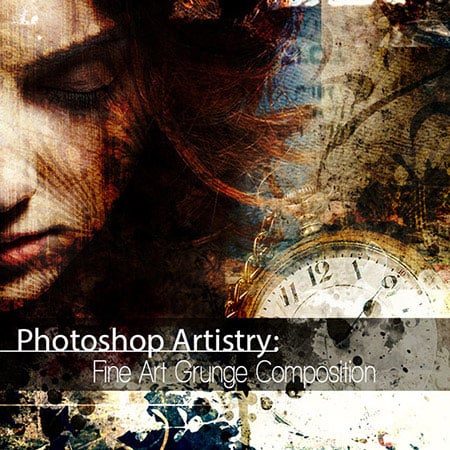
 RSS Feed
RSS Feed